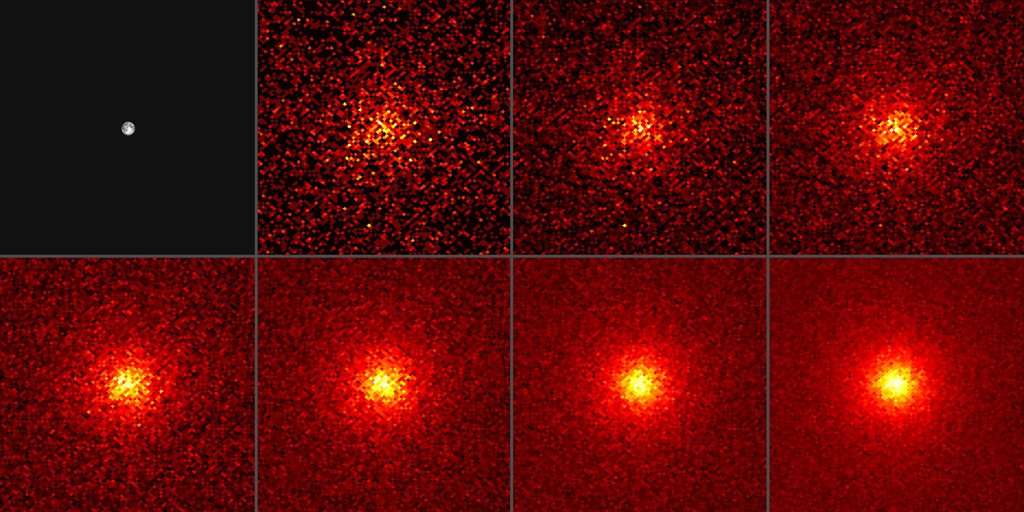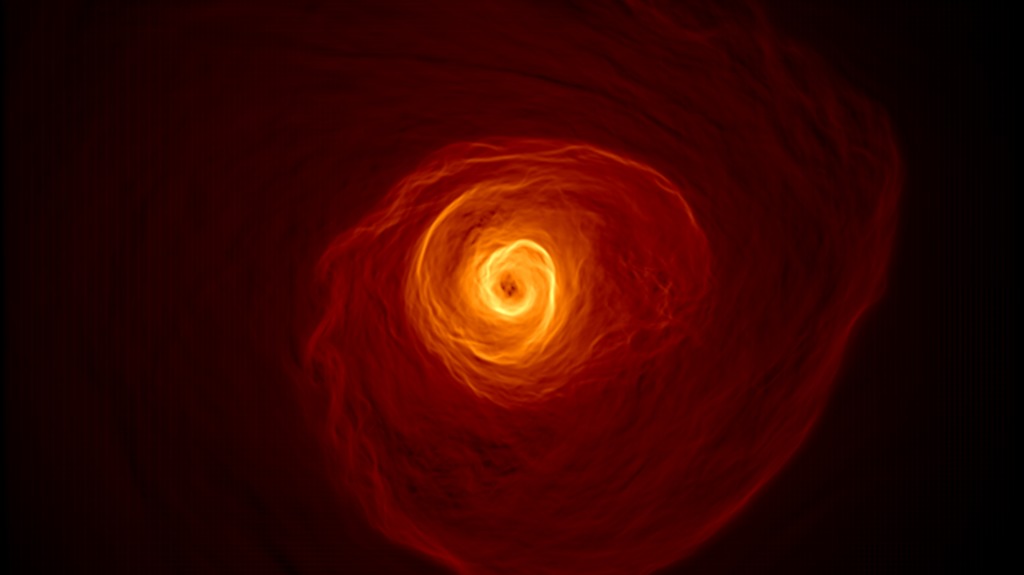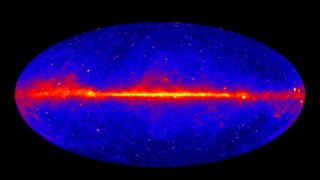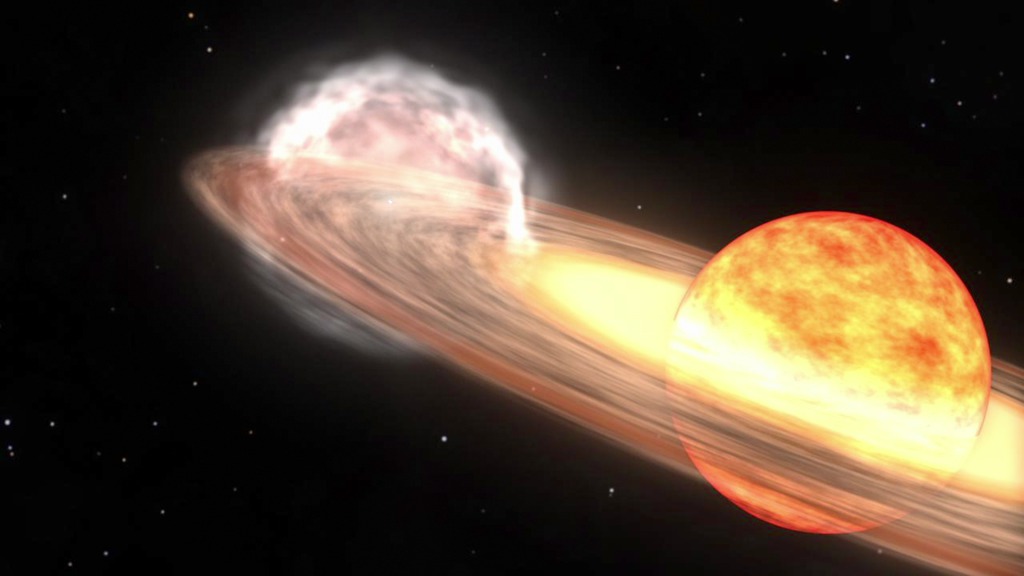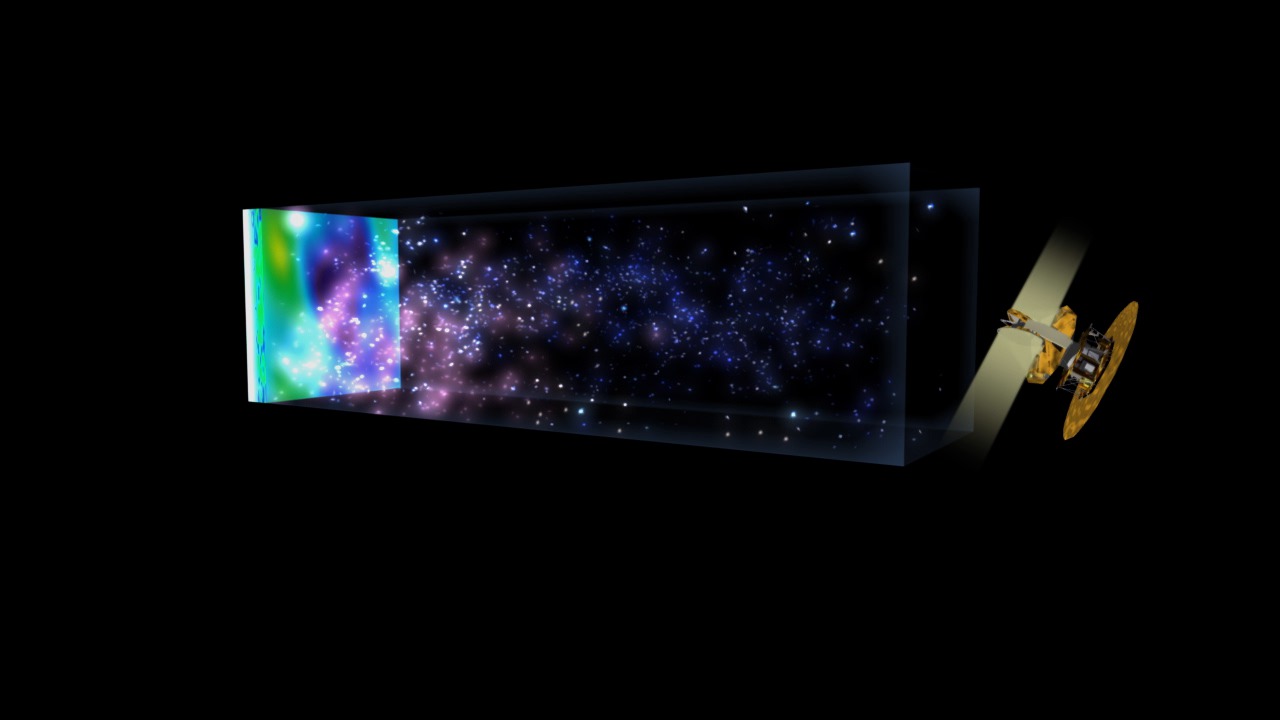Astrophysics: Observing the Universe Vertical Video
NASA's NICER Studies Recurring Cosmic Crashes Reel
Watch how astronomers used data from NASA’s NICER (Neutron star Interior Composition Explorer) to study a mysterious cosmic phenomenon called a quasi-periodic eruption, or QPE.
Credit: NASA’s Goddard Space Flight Center
Music: "Superluminal" by Lee Groves [PRS] and Peter Geogre Marett [PRS], Universal Production Music
Find more information and content here.
Complete transcript available.
Perseus Wave Reel
Like cream stirred into coffee, an enormous wave swirls gas in the Perseus galaxy cluster.
The expanding spiral of gas, discovered by combining data from NASA's Chandra X-ray Space Telescope with radio observations and computer simulations, is about twice the size of our own Milky Way galaxy.
The flyby of a small galaxy cluster likely caused this gravitational disturbance billions of years ago, and vast waves will form and roll at the Perseus cluster's periphery for hundreds of millions of years before dissipating.
Credit: NASA/John ZuHone/Center for Astrophysics | Harvard & Smithsonian
Music: "The Undiscovered" from Killer Tracks
Find more information and content here.
Complete transcript available.
COBE/WMAP Reel
In photography and astronomy, the resolution of images affects how much detail they contain. Higher resolution means crisper images. Your latest camera probably takes better images than your older ones did, and it’s similar with our satellites. As technology improves, so does the data we collect. Check out the difference between the cosmic microwave background images from our COBE (Cosmic Background Explorer) and WMAP (Wilkinson Microwave Anisotropy Probe) satellites, which launched 12 years apart.
Video credit: NASA/WMAP Science Team
Find more information and content here.
Complete transcript available.
Creepy Hand Nebula Reel
Observed by NASA's Chandra X-ray Space Telescope since 2001, pulsar wind nebula MSH 15-52 is formed by particles flung away from a rapidly spinning stellar corpse. More recently, our IXPE telescope stared at this creepy sight for about 17 days. IXPE mapped the nebula’s magnetic field, helping us learn more about the “bones” that form its basic shape and the pulsar swirling at its core.
Credits: X-ray: NASA/CXC/Stanford Univ./R. Romani et al. (Chandra); NASA/MSFC (IXPE); Infrared: NASA/JPL-Caltech/DECaPS; Image Processing: NASA/CXC/SAO/J. Schmidt
Music: “Castle of Doom,” Richard Breakspear [BMI], Universal Production Music
Complete transcript available.
Fermi Moon Gamma Rays Reel
If you had gamma-ray eyes, the Moon would shine brighter than the Sun!
This is what the Moon looks like to our Fermi Gamma-ray Space Telescope, which studies the highest-energy form of light. This sequence shows exposure times from two months to over 10 years, revealing how the view improves as Fermi collects a greater number of gamma rays.
Credit: NASA/DOE/Fermi LAT Collaboration
Find more information and content here.
Complete transcript available.
Fermi All-sky Map Reel
Our Fermi Gamma-ray Space Telescope completes a full sweep of the gamma-ray sky every three hours. Using 12 years of data, scientists produced this all-sky map to reveal the relatively steady gamma-ray sources Fermi sees. The bright band across the center is the plane of our Milky Way galaxy. The bright yellow and red spots scattered throughout are a mix of sources including nearby pulsars and distant black-hole-powered galaxies. Watch the video to meet a few of them.
Credit: NASA/DOE/Fermi LAT Collaboration
Music: “Gathering Courage,” Sam Connelly [PRS], Universal Production Music
Find more information and content here.
Complete transcript available.
3C 279 Blazar Raindrops
Visualizing data can produce mesmerizing results.
When our Fermi satellite, which launched this week in 2008, detected a high-energy pulse from a galaxy called 3C 279, our scientists produced this “raindrop” visualization to show how the flare progressed. Each drop’s size and color represents the energy of one gamma-ray photon.
3C 279 is a famous blazar, a galaxy whose high-energy activity is powered by a central supermassive black hole. As matter falls toward the black hole, some particles race away at nearly light-speed along a pair of jets pointed in opposite directions. A blazar is bright because one of these jets happens to be aimed almost straight at us.
During this flare in 2015, 3C 279 became four times brighter than the Vela pulsar, which is typically the brightest gamma-ray object in the sky.
Video credit: NASA/DOE/Fermi LAT Collaboration
Music credit: "She is a Sun Ray," Claude Pelouse [SACEM], Universal Production Music
Find more information and content here.
Complete transcript available.
T Corona Borealis Visualization Reel
The first recorded eruption of T CrB was in 1217, and the last event occurred in 1946! And now it could happen again, any day. If it behaves like it has in the past, it could erupt before September, but there’s no guarantee.
Nova explosions — not to be confused with supernovae — occur when a white dwarf in a binary star system collects material flowing out from a red giant companion. At some point, it collects enough material to cause an explosion, resulting in a brilliant outburst that blasts much of the collected gas into space. Unlike supernova explosions, the star isn’t destroyed in a nova. And in the case of T CrB, the explosion happens over and over, about every 80 years.
Even though we know the general pattern, we can’t predict the exact timing of this eruption and will have to keep our eyes on the sky. Whenever T CrB goes off again, scientists are prepared with a slew of spacecraft and ground-based telescopes to collect data across different wavelengths of light and learn more about this recurring cosmic phenomenon.
Credits: NASA/Conceptual Image Lab/Goddard Space Flight Center
Music: “Succumbing to Silence,” Adam Fligsten [ASCAP], Universal Production Music
Find the original animation here.
Complete transcript available.
Credits
NASA's Goddard Space Flight Center. However, individual items should be credited as indicated above.
-
Social media producers
- Kelly Ramos (Business Integra)
- Sara Mitchell (University of Maryland College Park)
- Barb Mattson (University of Maryland College Park)
-
Producer
- Scott Wiessinger (eMITS)
-
Science writers
- Jeanette Kazmierczak (University of Maryland College Park)
- Francis Reddy (University of Maryland College Park)
Release date
This page was originally published on Tuesday, May 27, 2025.
This page was last updated on Tuesday, May 27, 2025 at 8:54 PM EDT.
![Watch how astronomers used data from NASA’s NICER (Neutron star Interior Composition Explorer) to study a mysterious cosmic phenomenon called a quasi-periodic eruption, or QPE.
Credit: NASA’s Goddard Space Flight Center
Music: "Superluminal" by Lee Groves [PRS] and Peter Geogre Marett [PRS], Universal Production MusicWatch this video on the NASA Goddard YouTube channel.Complete transcript available.](/vis/a010000/a014800/a014819/YTframe_thumbnail_NICER_QPE.jpg)
![View the entire sky with the microwave eyes of NASA’s COBE (Cosmic Background Explorer) satellite in this immersive video. COBE took the first baby picture of the universe, revealing slight temperature variations when the cosmos was just 380,000 years old. This image shows the entire sky using four years of observations by COBE’s Differential Microwave Radiometer. The central plane of our galaxy runs across the middle, and its center is marked by a white X. Red indicates hotter regions, blue colder. The fluctuations are extremely faint, varying by only 1 part in 100,000 from the average temperature. They represent density variations in the early universe thought to have given rise to the structures we see today. After stripping away foreground emission arising from dust, hot gas, and charged particles interacting with magnetic fields in our galaxy, COBE data revealed tiny variations in the temperature of the cosmic microwave background — the oldest light in the universe — for the first time.(This video is formatted for 360-degree use.)Credit: NASA's Goddard Space Flight CenterMusic: “Meetings in Underwater Ruins,” Philippe Andre Vandenhende [SACEM], Olivier Louis Perrot [SACEM] and Idriss-El-Mehdi Bennani [SACEM], Universal Production MusicWatch this video on the NASA Goddard YouTube channel.Complete transcript available.](/vis/a010000/a014700/a014720/YTframe_Design_hybrid_COBE_360.jpg)
